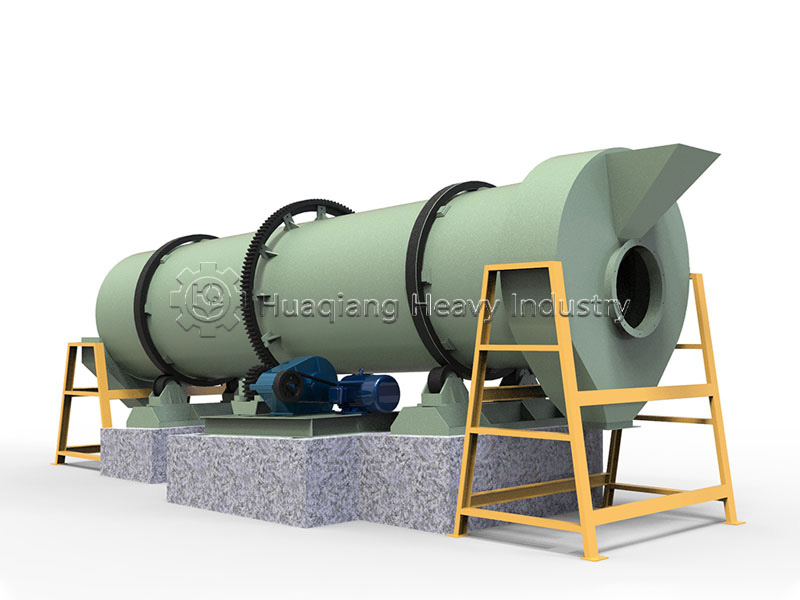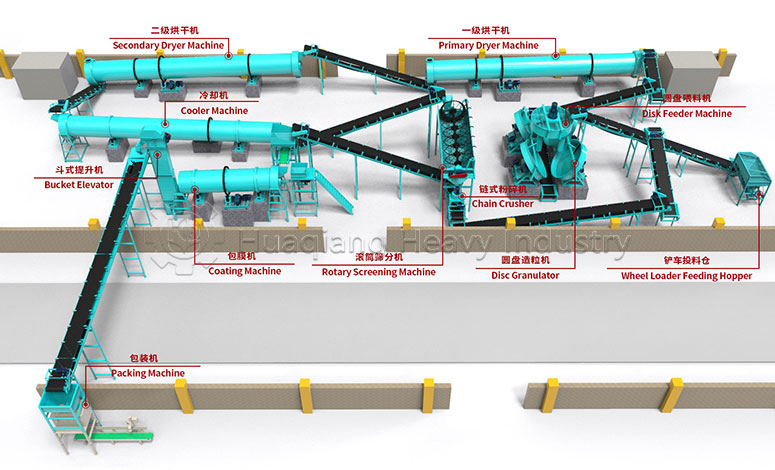Investing in bio-organic fertilizer production lines: Enhancing agricultural efficiency and environmental value
In a corner far from the city’s hustle and bustle, a silent revolution is underway. A complete bio-organic fertilizer production line, with its systematic industrial power, is transforming agricultural waste and livestock manure—resources once considered burdensome—into “black gold” that nourishes the land.
This system is like a meticulously designed mobile factory. From initial crushing and screening to uniform mixing and adjusting the carbon-nitrogen ratio, and then to the core aerobic fermentation stage, it achieves assembly-line operation. Among these processes, a windrow compost turning machine replaces heavy manual labor, moving steadily across the spacious fermentation area, penetrating deep into the material to bring in oxygen, and precisely controlling the fermentation process with its powerful mobility.

Fermentation is not the end. At the end of the modern bio-organic fertilizer production line lies the crucial shaping stage. A new type organic fertilizer granulator, through precise technology, molds loose, well-rotted material into regular, compact granules.
This is not merely an upgrade of equipment, but a reconstruction of thinking. It marks the transition of organic fertilizer production from an experience-based workshop model to an era of standardization and large-scale production.






